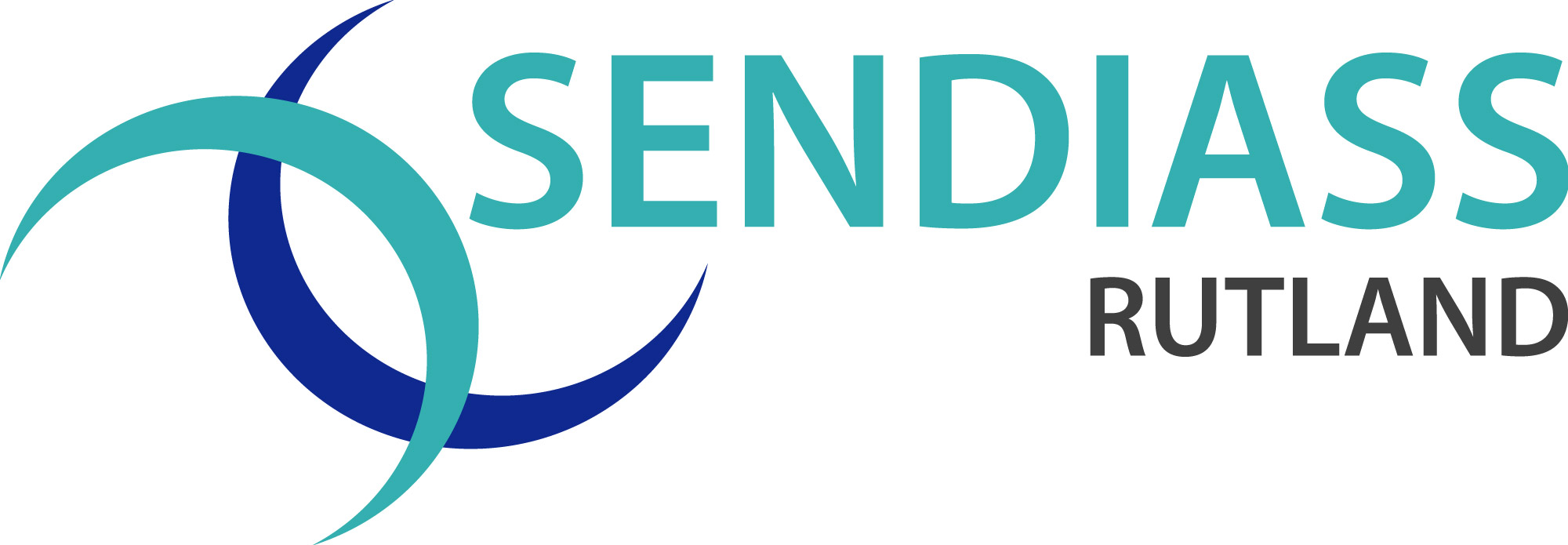In preparation of schools fully reopening in the Autumn, the government has issued guidance on transport to and from school. You can read the full guidance here.
- Part A provides guidance for Local Authorities on managing the capacity and demand for public transport.
- Part B provides guidance about the provision of dedicated home to school/college transport in the autumn term.
Specific mentions of Special Educational Needs and Disabilities (SEND)
Local authorities should take account of the particular needs of children and young people with special educational needs and disabilities (SEND) and, where necessary, be informed by the views provided by the parents and school.
The system of controls: protective measures
“Children with SEND: When deciding on the package of measures that is appropriate on transport for children and young people with special educational needs, local authorities will need to take account the particular needs of the children using the transport, and to be informed by the views of the parents and school.
Special schools tend to be smaller, meaning all the children in a school might be in the same bubble. Also, special schools will typically use smaller vehicles. Both these things will help to minimise the number of contacts children with SEND have on school transport.
Some vehicles carry children to a number of different special schools. Some children with SEND display behaviours such as spitting uncontrollably. In circumstances such as these, maintaining distance on transport is particularly desirable.
We recognise that transporting children and young people with SEND may require close contact. Where this is the case, other measures in the system of controls should be put in place to reduce risk. For example, staff may want to wash or sanitise their hands more frequently.
Some children and young people with SEND will not be able to use a face covering properly and should not be expected to do so as this may increase the risk of transmission. Some children may be distressed by wearing a face covering, or by others wearing them. Others may become distressed if they and other people do not wear them.
Some children and young people may need to be able to lip read, or see people’s faces, to communicate. There are companies now making lip-reading friendly face coverings.
Although drivers and passenger assistants will not normally require personal protective equipment (PPE) on home to school transport (see below), where the care a child or young person ordinarily receives on home to school transport requires the use of PPE, that should continue as usual.”
